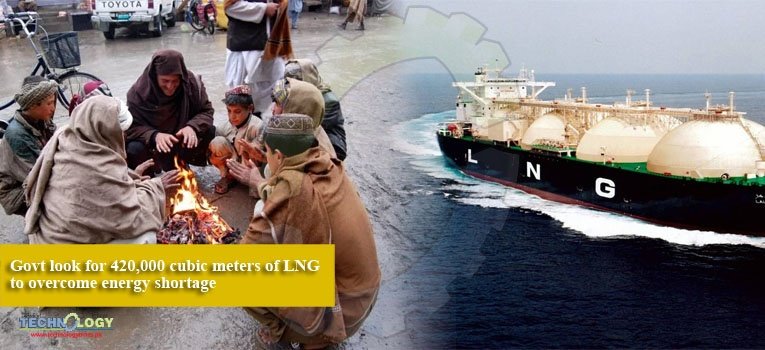The energy discrepancy is decisive to Pakistan’s onward economic growth. In order to meet the country’s requirements, Pakistan LNG Limited (PLL) has been mandated by the Government of Pakistan to carry out the LNG for winter demand.

Pakistan LNG Limited (PLL) invited bids from international suppliers for the supply of three liquified natural gas (LNG) cargoes of 140,000 cubic meters each for January-February next year, as the government struggles to overcome the imminent brutal energy shortages in winter.
The first delivery window is from January 21-22, the second from February 3-4 and the third from February 21-211 for blemish purchases. The bids will be opened on December 5. The cargoes will be delivered on ex-ship basis to Pakistan Gas Port Consortium Terminal at Port Qasim.
Currently, there are two LNG terminals operational at Port Qasim that handle imported LNG with a combine re-gasification capacity of approximately 1.2 billion cubic feet of gas per day. The government planned to install more terminals with the private sector investment.
LNG imported by Pakistan declined 11 percent in October, as the second LNG terminal, Pakistan Gas Port, remained underutilised and received just two cargoes in October.
Pakistan is predictable to face gas shortages during the enduring winter in spite of having two operational balanced storeroom regasfication units.
Oil and Gas Regulatory Authority alleged growing number of gas customers is placing a severe strain on its infrastructure and affecting the availability of the fuel.
Industrial users have already been warned that their supply could be slash during the winter months to ensure there is enough gas for the uptown sector.
Pakistan relies on natural gas to meet almost 50 percent of its energy needs as utilization has outweighed new discoveries.
LNG imports were substituting domestic gas with the government intending to raise the share of gas in the nation’s energy mix by reducing the use of polluting and inefficient furnace oil and expensive diesel oil as power station fuels.
It is also fairly praiseworthy to note that the progress of the energy sector related power projects is being monitored regularly to ensure timely and speedy completion of all the launched projects in an obvious mode to overcome energy shortage and fulfill winter demand.